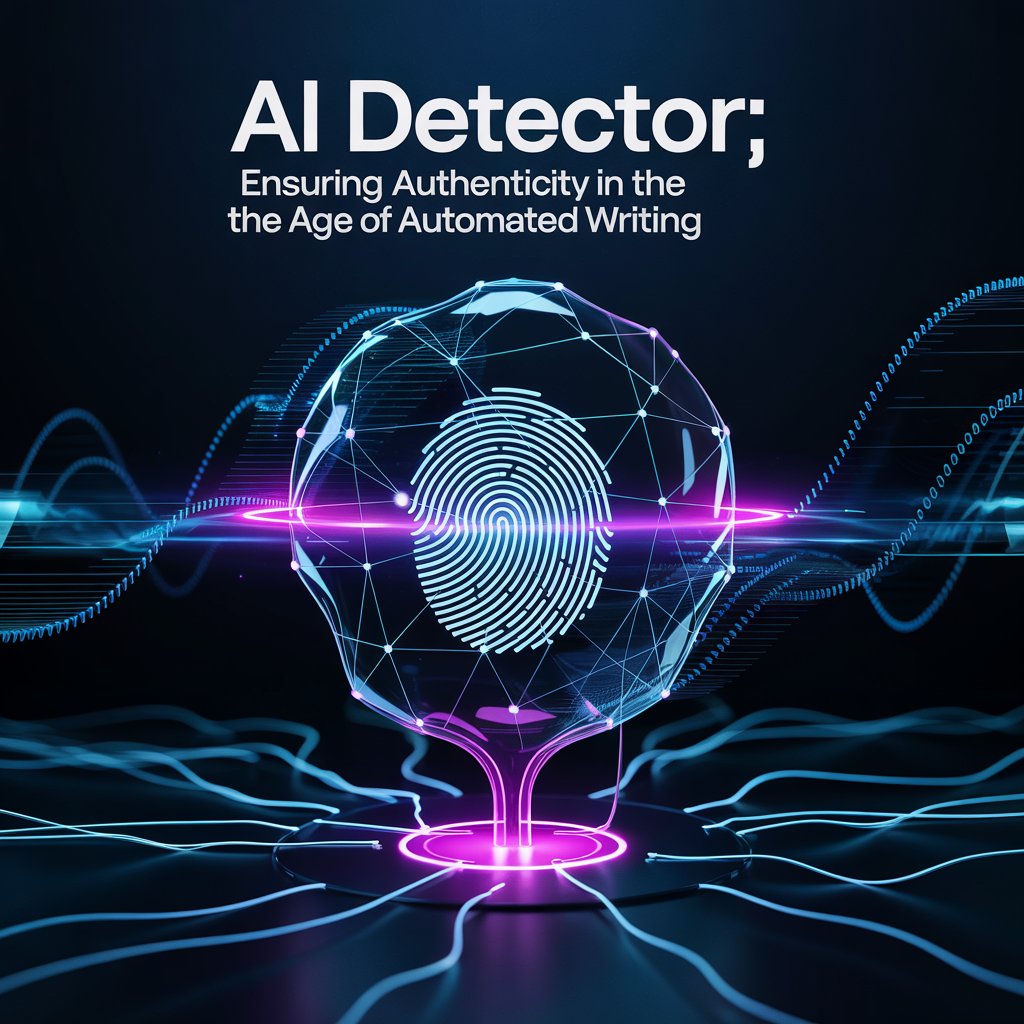In a world where sophisticated language models can generate entire articles in seconds, maintaining genuine human voice has never been more critical. An AI detector steps in as the digital gatekeeper, analyzing text to reveal whether it was penned by a person or produced by a machine. From educators protecting academic integrity to brands safeguarding their reputation, using an empowers you to uphold trust and credibility.
What Is an AI Detector?
An AI detector is specialized software designed to scrutinize written content and determine its origin. By examining elements such as syntax patterns, vocabulary choices, and sentence structure, this technology flags text that aligns with known characteristics of machine-generated prose. As AI writing tools advance, detectors continuously evolve to identify emerging writing styles unique to automated systems.
Key Features of an AI Detector
A robust AI detector typically offers the following capabilities:
-
Advanced Linguistic Analysis: Breaks down grammar, punctuation, and phrasing to compare against human language norms.
-
Statistical Pattern Recognition: Measures text unpredictability and variation to detect uniformity common in AI output.
-
Machine Learning Integration: Leverages models trained on vast datasets of human and AI text for improving accuracy over time.
-
User-Friendly Reports: Provides clear scores or pass/fail results, often with highlighted passages for quick review.
How an AI Detector Identifies Machine‑Generated Text
Linguistic Analysis
Machine-generated text may overuse certain transitions or favor longer, more complex sentences. An detector flags repetitive phrasing and inconsistent tone shifts that diverge from natural human writing.
Statistical Metrics
Metrics like perplexity gauge how predictable a piece of text is. Lower perplexity often indicates AI authorship. Burstiness, which measures sentence-length variation, also helps separate uniform AI scripts from the ebb and flow of human prose.
Machine Learning Models
Top-tier AI detectors incorporate learning algorithms trained on labeled examples. As AI evolves, these detectors retrain their models to recognize the latest generative patterns, ensuring they stay ahead of new writing techniques.
Advantages of Using an AI Detector
Employing an delivers tangible benefits across sectors:
-
Academic Integrity: Educators can verify that essays, dissertations, and reports reflect students’ original thought.
-
Brand Consistency: Marketing teams ensure that campaign copy aligns with brand voice and avoids AI-induced uniformity.
-
Quality Assurance: Publishers and editors vet submissions to maintain editorial standards and prevent unintentional AI usage.
-
Misinformation Prevention: Newsrooms and fact‑checkers filter out AI‑generated rumors or doctored narratives before publication.
Limitations of an AI Detector
While powerful, an AI is not infallible:
-
False Positives: Highly structured human writing—like legal documents—may mimic AI patterns, triggering incorrect flags.
-
Rapid AI Advancements: New generative models can outpace detectors, requiring frequent updates to detection algorithms.
-
Language and Domain Bias: Tools trained primarily on English or specific industries may struggle with niche topics or other languages.
Selecting the Right AI Detector for Your Needs
When choosing an, consider these factors:
Accuracy and Reliability of an AI Detector
Review published precision and recall rates. High accuracy minimizes false positives and false negatives, ensuring trust in the results.
Integration and Scalability of an AI Detector
Opt for solutions that plug into content management systems (CMS), learning platforms, or editing software. Scalability allows you to scan single documents or large batches effortlessly.
Performance and Speed of an AI Detector
In fast‑paced environments, processing time matters. A top‑performing delivers insights within seconds, even for lengthy manuscripts.
Privacy Safeguards in an AI Detector
Confirm that your chosen tool processes submissions without storing sensitive data. Read privacy policies to ensure compliance with regulations like GDPR or CCPA.
Best Practices for Ethical AI Detector Use
To employ an responsibly, follow these guidelines:
-
Transparency: Inform authors or students when detection tools are in use.
-
Human Oversight: Combine automated flags with manual review to avoid unfair penalties.
-
Continuous Training: Stay updated on detector improvements and retrain internal teams as needed.
-
Balanced Enforcement: Use detection results as a guide—not an absolute verdict—recognizing the tool’s limitations.
Conclusion: The Evolving Role of the AI Detector
As generative models grow more sophisticated, the role of an becomes increasingly vital. By blending linguistic analysis, statistical metrics, and machine learning, these tools help protect authenticity across education, media, and business. While no detector is perfect, adopting one—and using it ethically—ensures that human creativity and voice remain at the heart of our digital landscape.

